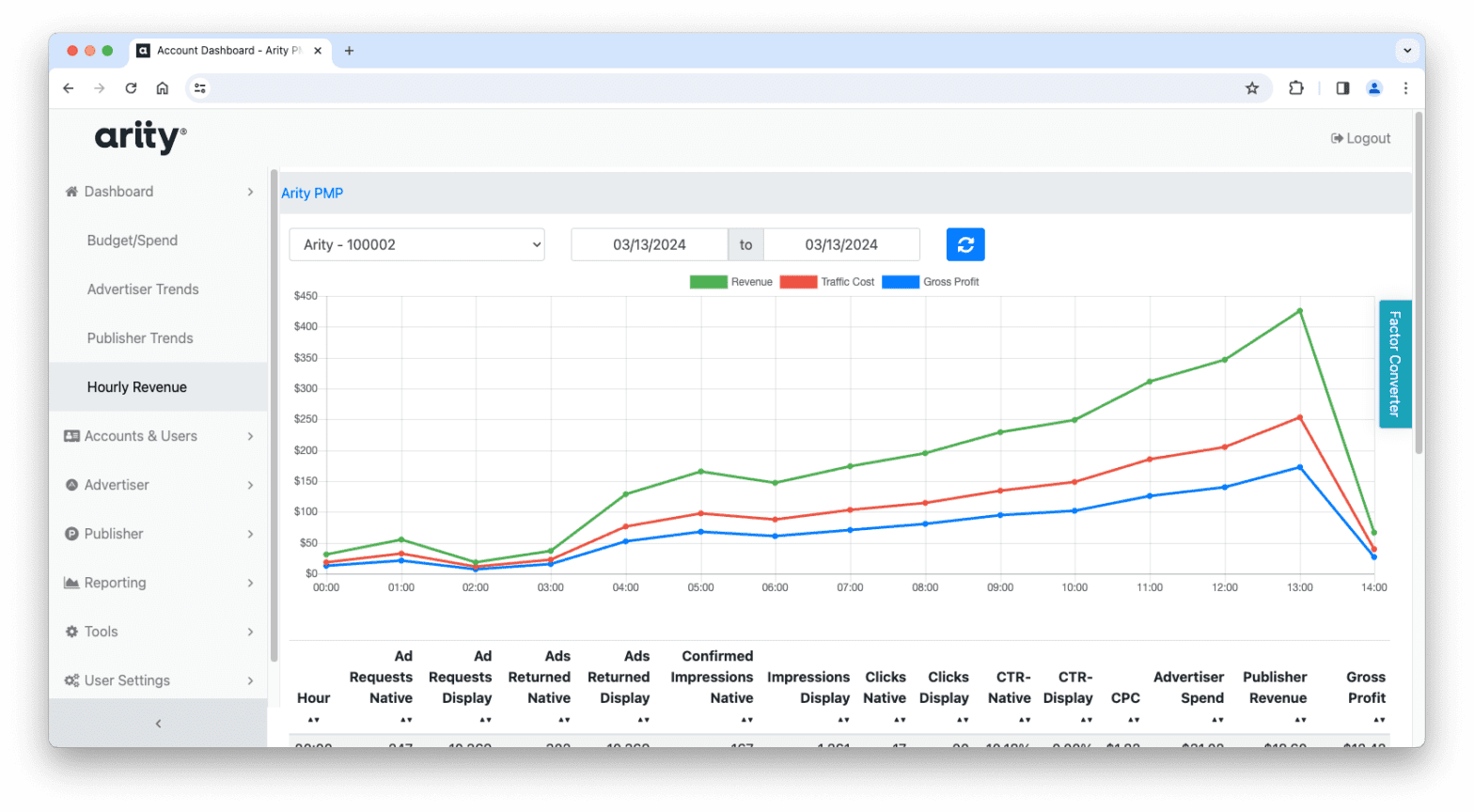All the top auto insurance companies — from Allstate and GEICO to Progressive, State Farm, and Liberty Mutual — have them: mobile apps designed to give drivers more control of their insurance costs while promoting safe driving.
But what does it actually take for an insurance company to create and manage a mobile “safe driving” app that really works? We asked Tony LaMarca, Group Product Manager, Mobile Insurance Solutions at Arity, for his insights.
How can auto insurers create an effective safe driving app?
- Telematics technology. In order to create a seamless experience for the customer, insurance companies need reliable technology with algorithms built in that indicate when the person is moving. For example, the technology must be able to “wake up” and check to see if the person is moving when significant location changes are sensed, like when the phone switches from a home Wi-Fi signal to a cell tower. At the same time, it must be able to collect raw data and weigh it against a whole set of algorithms in real-time, then process and enrich the data contextually. For example, driving risk changes with the time of day, location, and weather. The technology also needs to assess whether the traveler was actually driving. Raw data doesn’t mean much without an accurate interpretation of that data; only with an interpretation can the app show meaningful information to the driver.
- Personal mobile devices: Anyone who has built a mobile app knows how important it is to keep up with the ongoing hardware and operating evolution of personal mobile phones. Apple and Android have their own unique set of opportunities and limitations, and staying one step ahead can make or break an insured’s experience with the program. This might sound like an “of course,” but it’s a big one to keep in mind when planning to manage the app technology over time.
- Automatic sensing: It takes time to fine-tune the technology to accurately assess how a person with a mobile phone is getting around. Are they walking, running, on a scooter, on public transportation, or on a boat? Are they driving or are they a passenger? The mobile app must be able to automatically sense the mobility data differences in the background without the phone owner having to indicate whether or not they are behind the wheel.
- Testing is everything: Especially with telematics technology, the only way to ensure that the technology is sensing movement correctly is to test thousands of experiences over thousands of hours. Mobile app developers can continually test this system by hiring drivers across various location types — from cities to rural —and buying hundreds of mobile devices to gather data from. Gathering feedback from insureds is also paramount to understanding behaviors and continuously improving the app.
- The app experience. The backend technology is just the beginning. The frontend experience of the driving app needs to be mapped out and constantly tested, too. For example, the insurance company needs to determine how to:
- Get the download and opt-in information to the insured
- Build the on-boarding experience, including app activation
- Make it easy to interact with the app features
- Enable the driver to provide feedback
- Keep the driver engaged and coming back
- Reduce risky driving behaviors. One of the key benefits of a driving app is to help make the roads safer. With a driving app, insurance companies have an opportunity to create a trusting relationship where drivers can be educated about what is considered risky behaviors.
- Acknowledging the risky behavior is the first step; then there’s the challenge of encouraging safer behaviors.
- There’s a lot of psychology and experience research that goes into this. Most drivers feel that they are good drivers, and they may feel judged or dismissive if the information isn’t presented in a certain way.
- Driving at night might be riskier, but it has nothing to do with someone’s driving skill. Braking hard could be indicative of an ongoing risky behavior or it might be that other drivers cut them off occasionally. Also, drivers are not likely to respond well if their driving score corresponds to a letter grade, such as A through F. This certainly becomes apparent through real-world testing.
- When the driver understands that their score is calculated based on the number of miles they drive and tendencies over time, not a singular event, and they feel that their driving score is fair, they are more apt to be open to the advice and encouragement of the app.
- Management and iteration: A driving app is not a make it and forget it kind of thing. It requires ongoing driver feedback, data analysis, and iteration. It also helps to understand what other insurance apps are experiencing to achieve a durable program and loyal usage of any program. Collaboration and partnership can help.
- Finally: state filing. This is a regulated industry, and all insurance companies need to file a pricing model that shows the correlation of their driving score with their algorithm, with supporting data and statistics, within the states they cover. Filing can be a complicated, lengthy, and arduous process, with lots of back and forth discussions. If the insurance company does the filing all on their own, the team should be well prepared.
A driving app shortcut to get you years ahead
These eight elements may seem overwhelming if your company is just beginning to consider developing a driving app. If you already have one that you’re managing, you know how many hours and resources it takes to make it effective.
The good news is, much of the work has already been done for you over the last several years. Partnering with a mobility data and analytics company like Arity will give you access to a telematics and risk model that has already been filed with most states, tested across thousands of drivers, enriched and enhanced with partner data, and continually managed and improved over time.
Arity’s telematics app, called Routely, is the shortcut to creating and managing your own safe driving app and telematics program that benefits your business and your insureds and puts you years ahead. In fact, you could have Arity powering your app in about eight to ten weeks. Contact us to learn more.

